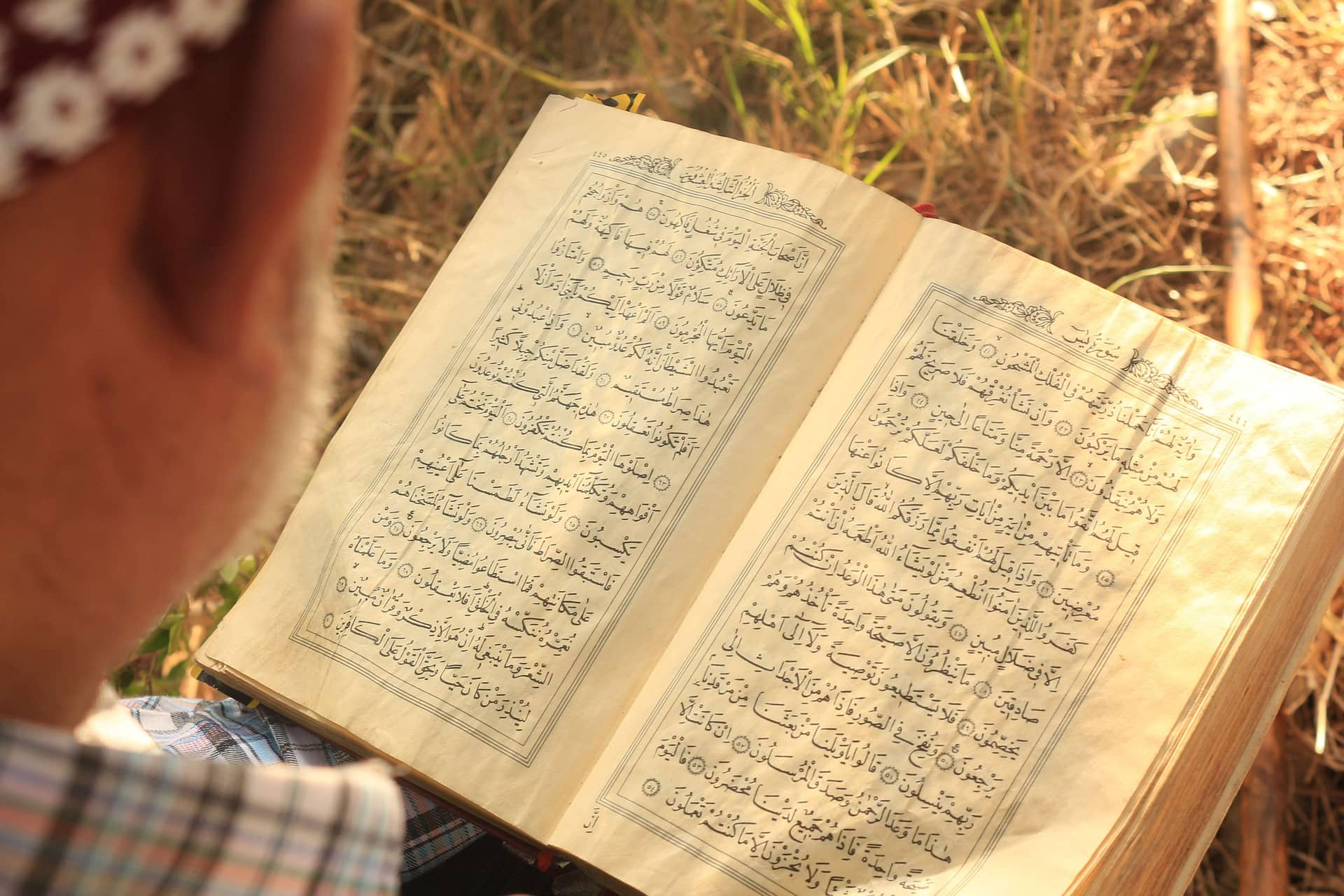A witness said the tragedy started early in the morning and was not brought under control until about three hours later. The witness, an Egyptian journalist who was performing the pilgrimage and who refused to be named, saw a few people at a time suffocate or fall and be trampled to death.
Anwar Haleem, India's consul for hajj affairs, told The Associated Press from Mina that one of the victims was an Indian woman. He gave no other details.
Security and safety have been major concerns at the hajj, the annual pilgrimage that is a pillar of the Islamic faith. The hajj, which began this weekend, must be performed once in a lifetime by every Muslim who is able to do so. The ``stoning the devil'' ritual, the point at which Monday's deadly crush began, has been a source of tragedy in the past.
Saad bin Abdallah al-Tuwegry, a Saudi civil defense chief, told the official Saudi Press Agency that most victims died from suffocation.
``A stampede resulted when the older people in the crowd couldn't move as fast as others,'' al-Tuwegry told SPA. ``Security forces intervened promptly and prevented the accident from getting worse. We have constantly urged the pilgrims to follow the guidelines for safety that we put forth in order to avoid such disasters.''
The news agency said 23 women and 12 men were killed and an unknown number of people were injured. It was not immediately possible to confirm the victims' nationalities.
The Egyptian journalist told the AP that most of the victims appeared to be of Asian origin among the many thousands of people of different nationalities and languages who perform the hajj every year. The mix of peoples and languages adds to the huge crowd control challenge.
Saudi authorities did not announce the deaths until hours after they occurred, apparently to avoid causing panic among pilgrims. Reporters were kept from going close to the site or visiting the injured in hospitals after the announcement. Saudi Arabia keeps its press under tight control and is sensitive to anything seen as critical about the country in the foreign media.
No trace of the tragedy remained hours after it occurred. The enormous crowd was calm, with many unaware of the deaths.
Helicopters flew overhead and policemen urged people to move on. Scores of ambulances were parked nearby. The last of more than 2 million pilgrims were to complete the ritual on Tuesday and Wednesday.
In the last hajj tragedy, a 1998 stampede during the ``stoning the devil'' ritual killed 180 people. A 1997 fire in Mina, where the stoning takes place, tore through the sprawling, overcrowded tent city, trapping and killing more than 340 pilgrims and injuring 1,500. In 1994, a stampede killed 270 pilgrims. The most deadly hajj-related tragedy was a 1990 stampede in which 1,426 pilgrims were killed.
Pilgrims come to Mina from Mecca to cast pebbles the size of chickpeas at three columns of stone that symbolize the devil as they chant, ``In the name of God, God is great.''
The ritual must be completed before dusk, and this often leads to problems as the faithful rush through the rituals.
According to tradition, God instructed Abraham to sacrifice a sheep instead, and Muslims around the world now follow suit, sacrificing camels, sheep and cattle to mark Eid al-Adha, or feast of sacrifice.
Once they complete the stoning ritual, pilgrims shave or clip their hair and then slaughter more than a half million camels, cows and sheep near Mina, a tent city that only comes to life during the hajj.
The hajj peaked on Sunday with prayers on Mount Arafat, a hill outside the holy city of Mecca where the Prophet Mohammed delivered his last sermon in 632.
This year, a health concern shadowed the hajj: Possible infections of foot-and-mouth disease among the animals slaughtered during the rituals.
While Saudi authorities have said all animals to be slaughtered were free from disease, Muslims around the world, especially in Europe, were unable to perform the sacrifice following the outbreak of foot-and-mouth disease, which infects cloven-hoofed animals, after many countries imposed import and export bans on the animals.
The kingdom's top religious authority, Sheik Abdul-Aziz bin Abdullah Al al-Sheik, said recently that the sacrifice was not a compulsory part of hajj or the feast and advised Muslims not to put themselves at risk to perform it.
``Sacrifice is not obligatory,'' he was quoted as saying by the official Saudi Press Agency. ``It does not apply to anyone who is not able.''

